7 Steps To Create Ideas
An Idea Engine To Use Time And Time Again
The following is a process I have used every day of my career as a designer. I have road-tested it over many, many years. Unfortunately creativity is very challenging to quantify. But I’ll give it a go. Here goes, wish me luck.
STEP 1: Specific Knowledge
Nothing comes from nowhere. Immerse yourself in the subject you need to create an idea for. Find out as much as you can about it. Explore deep and wide. Until you are so absorbed in the subject you become utterly sick of it.
STEP 3: Fitting Together
This stage is difficult to articulate. But I’ll give it a go. Creativity is one thing, plus another, making a third thing. Or to put it another way, ideas are a combination of elements that already exist.
At this stage, it’s time to play around with all the information gathered. See if any specific fact links with a general fact. At this point, write down anything that feels like it could be the start of an idea. Nothing is too silly or abstract, so get them all down.
STEP 4: Let It Lie
After emersing yourself in this information and trying to fit it together in a fresh way. You will get so confused with it all that you’ll start thinking it’s completely hopeless. But don’t give up.
Now get it all out of your head. Find something else to hold your attention. Walk. Read. Watch a film. Take a long bath. Anything relaxing or that requires concentration to distract you from the idea/problem.
Walked under the lamp post. And one hit me on the head.
Lyrics from the song: Waiting On A Song by Dan Auerbach
STEP 5: Eureka!!!
The idea will appear out of nowhere. Several ideas usually emerge. Once relaxed the mind makes connections that the active mind never could. Like the song quoted above.
As a designer at this stage I would start looking at fonts, colours, phrases and images to express the idea. But if you’re not a designer you may have other considerations and tools you’ll need to use.
STEP 6: Robustness And Longevity
Test the idea. Will the idea develop naturally on its own? Does it have the legs to run and run? Is it robust enough to do the job and communicate what it must?
At this stage, you will lose some worthwhile ideas that won‘t adapt or run the course. Don’t dwell over them or force them. There’s nothing more disappointing than a contrived idea. It never feels quite right. You may find you need to revert back and redo a stage.
Did you start out solving the right problem? Do you need to rethink any stage? Are you trying to combine too many ideas? Sometimes less is more. One idea. Expanded and executed well is all you need.
STEP 7: Release It And Let It Free
Take your idea out of the laboratory into the real world. Now you can share it with your coworkers and customers. And reap the benefits of all that thinking.
Hope you’ve found this short article useful. Thanks for reading and if you’d like to subscribe I’d appreciate it. Cheers Steve.

